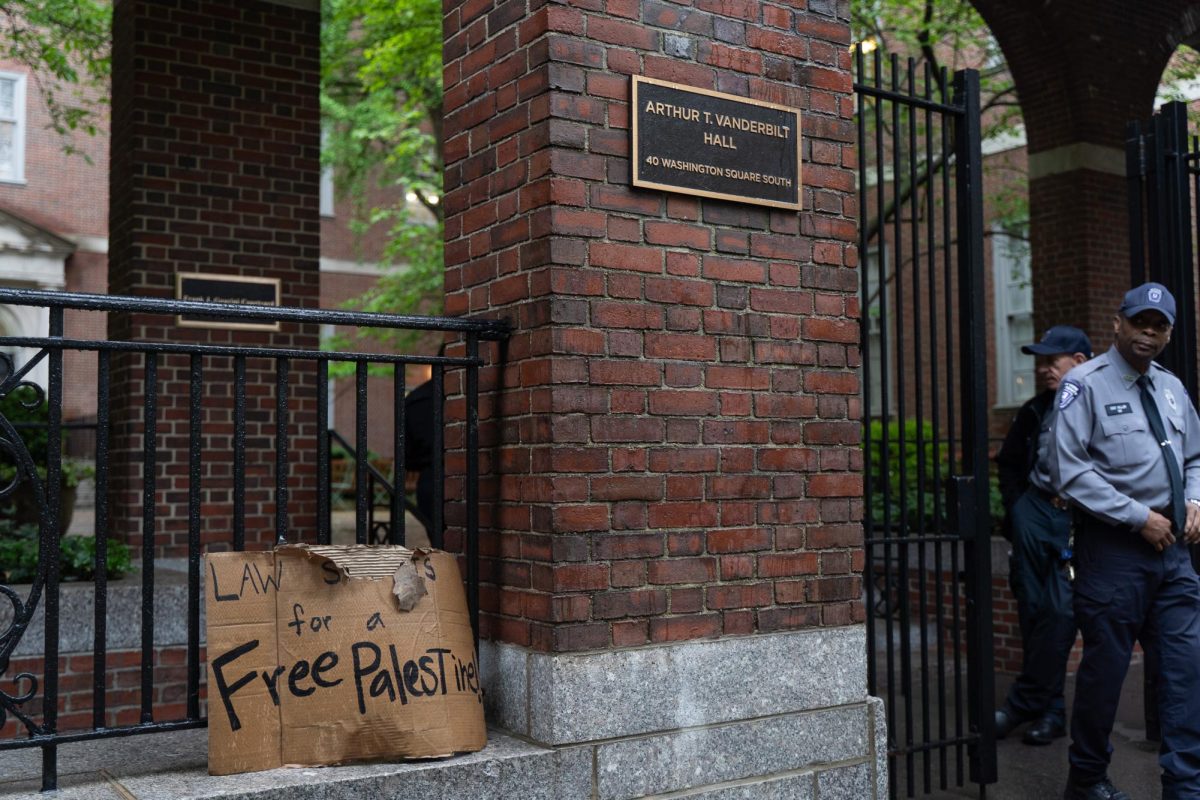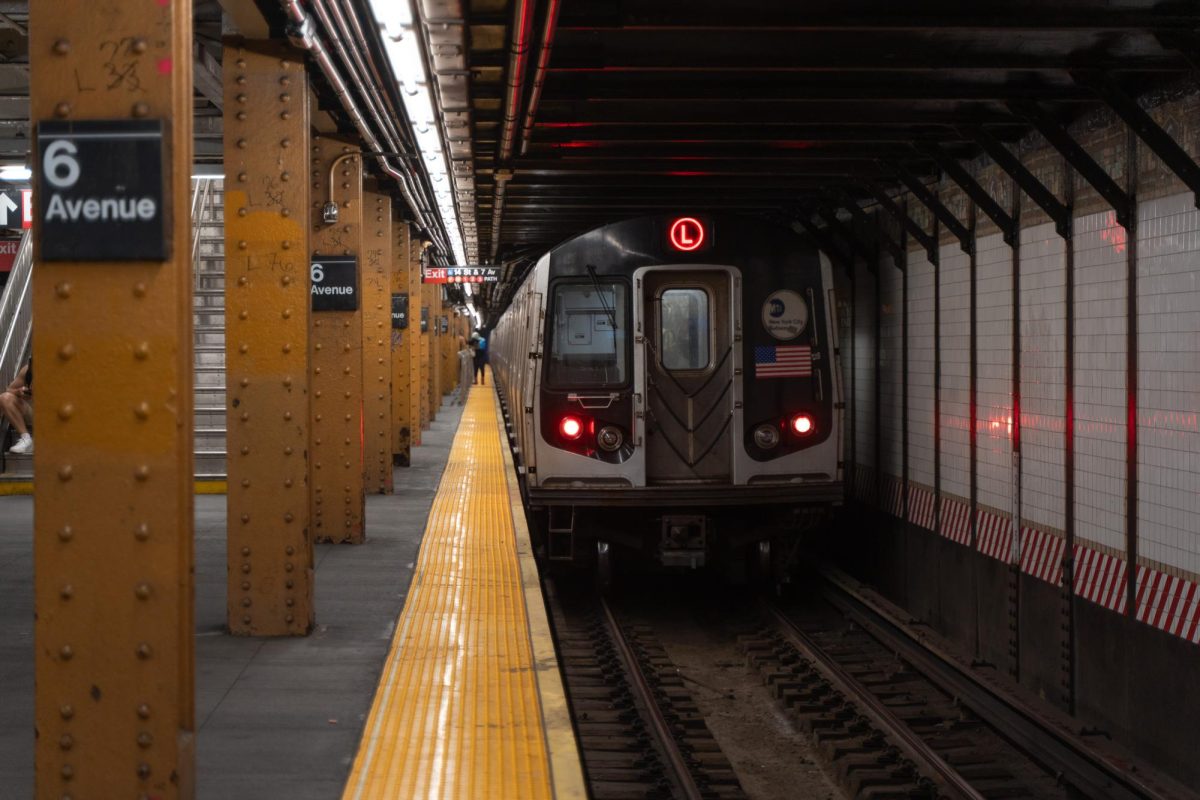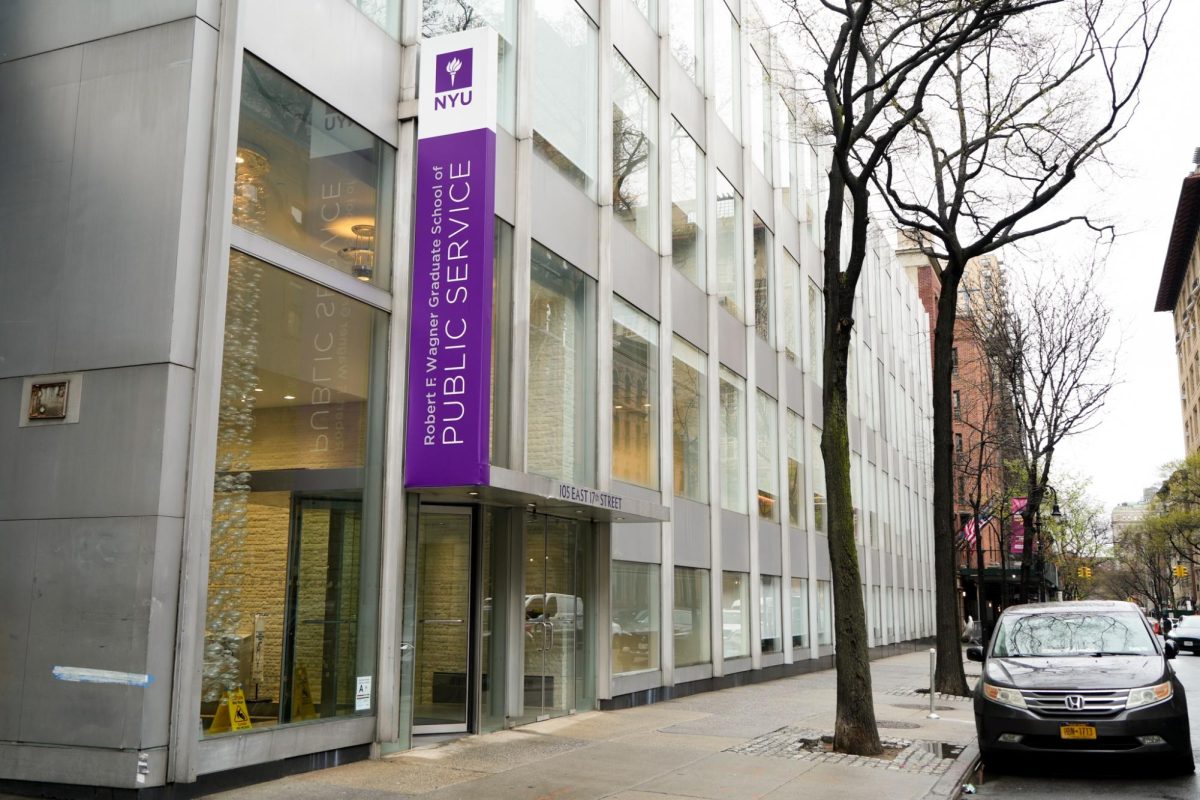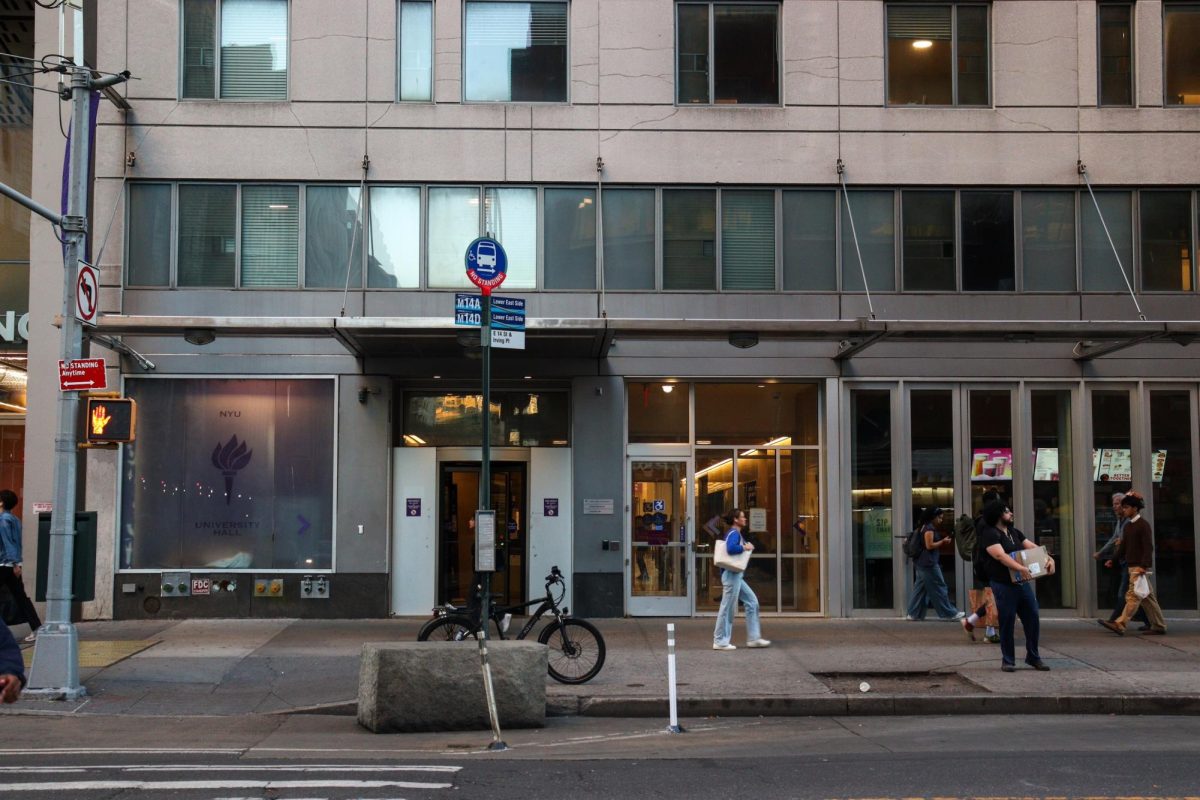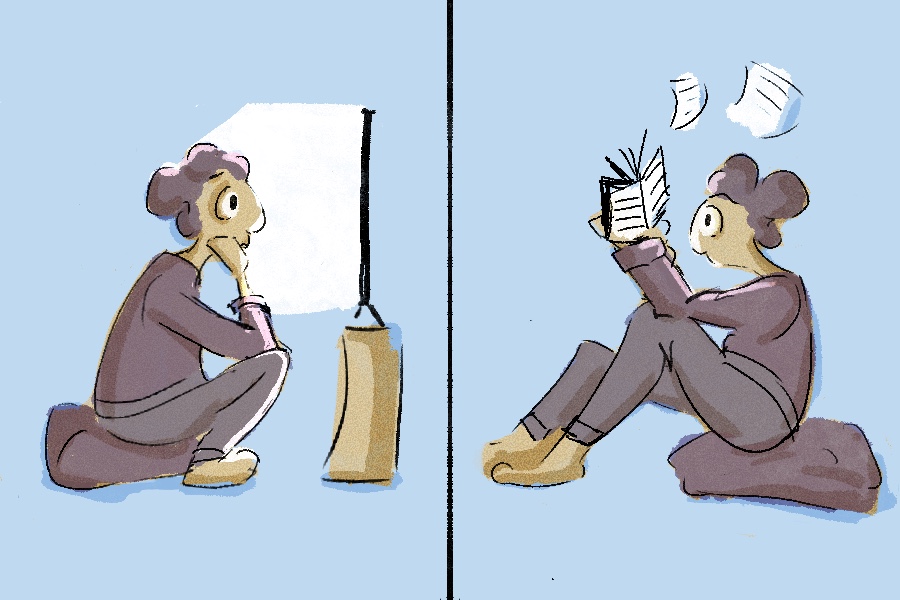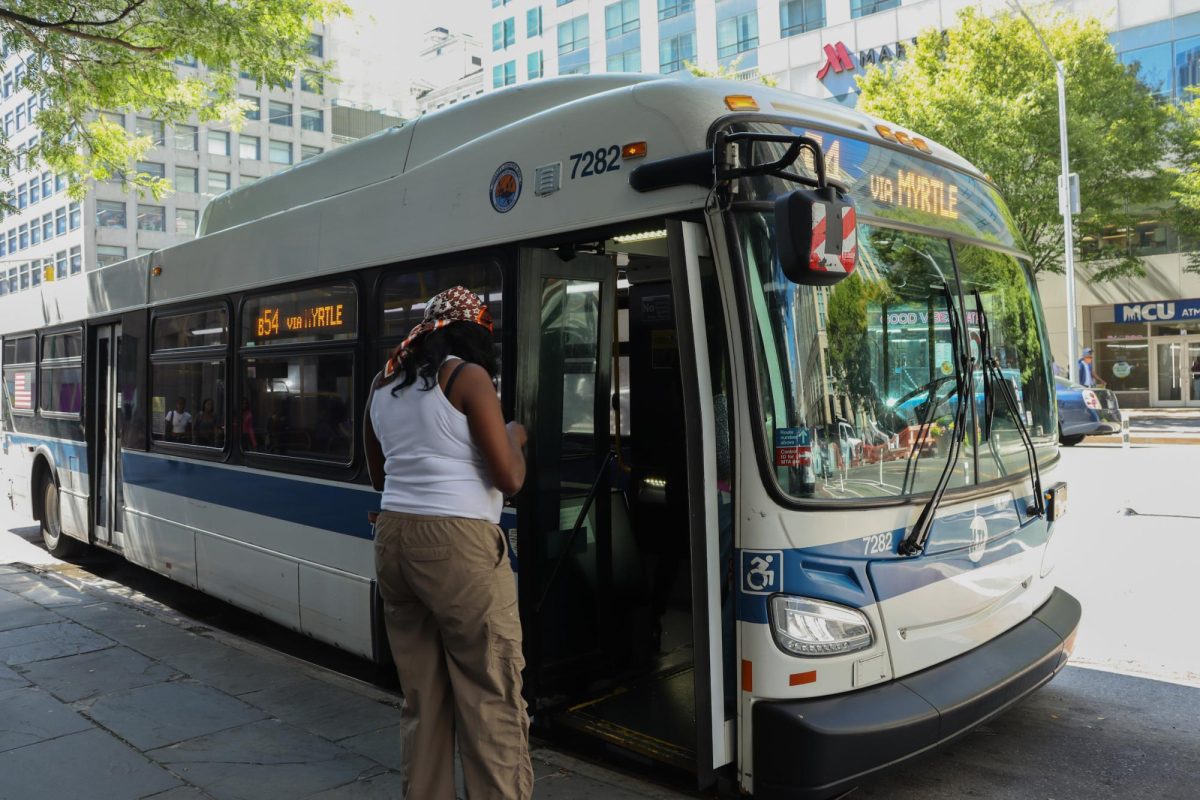Hughes Seaport plan positive overall
February 24, 2015
The South Street Seaport, a historic district in Lower Manhattan that sits on the East River waterfront, now looks like a mere ghost of its former glory. Once a thriving port and commercial district, it is now quiet, decrepit and largely devoid of cultural life. Although it is a truly historic community, the South Street Seaport needs new developments. Consequently, the Howard Hughes Corporation created a $1.5 billion redevelopment plan to rejuvenate the long-dilapidated site and improve infrastructure. Part of the plan includes a 494-foot condominium tower in the seaport. The plan has inflamed some preservation societies and local officials, however, as the tower would obstruct views of the Brooklyn Bridge and interrupt the area’s rich architectural landscape. While these complaints are valid, the economic advantages of building the tower far outweigh the aesthetics sacrifice.
The tower would accommodate 150 market-rate apartments with an additional 60 to 70 affordable housing units built on nearby Schermerhorn Row. In addition to increasing housing in a city that is facing a housing crisis, the tower would bring in revenue to finance other projects in the community, as per the redevelopment plan. These projects include revamping the 1903 Tin Building, improving the failing South Street Seaport Museum, extending the East River Esplanade to better utilize waterfront access and building a public middle school that can double as a community center. Such changes would help restore the seaport’s former cultural significance and make it more livable for residents.
Furthermore, the Howard Hughes plan would provide much-needed structural repairs. The damages caused by Hurricane Sandy in 2012 pushed the South Street Seaport into a decline it has yet to fully recover from. Reconstructing the piers is a goal that opponents and proponents of the tower alike seek to accomplish. Opponents, such as Manhattan borough president Gale A. Brewer, want the city to take on this initiative rather than letting Howard Hughes enter the picture. Unfortunately, the seaport has rarely enjoyed adequate government funding. It is perhaps too idealistic, then, to expect the city to shoulder the exorbitant costs of this project. The revenue generated by the tower, on the other hand, would make redevelopment feasible without the need to rely on constrained public sector funds.
Opponents of Howard Hughes must realize that the tower is the key to actualizing the other community projects. Although some feel the condos will compromise historical and architectural beauty, this is not the case as the funds generated are meant to both improve the area and improve its historical charm. The tower is not an end in and of itself, but rather a means to deliver the capital for the infrastructural revitalization that the South Street Seaport so
desperately needs.
A version of this article appeared in the Tuesday, Feb. 23 print edition. Email Zahra Haque at [email protected].





